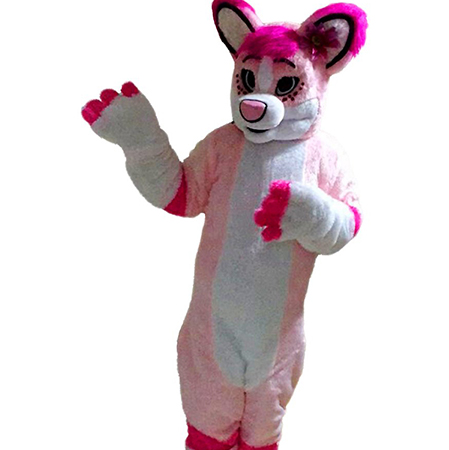In an era dominated by technological advancements and mass production, the art of mascot costume making stands as a unique testament to the enduring value of traditional craftsmanship. Mascot costumes, often seen cheering on sports teams, at corporate events, or entertaining children at theme parks, are more than just fabric and foam. They represent a blend of artistry, creativity, and a touch of magic that brings characters to life. The integration of traditional craft methods in the creation of these modern-day icons not only preserves age-old techniques but also enriches the final product with a depth and texture that digital manufacturing alone cannot replicate.
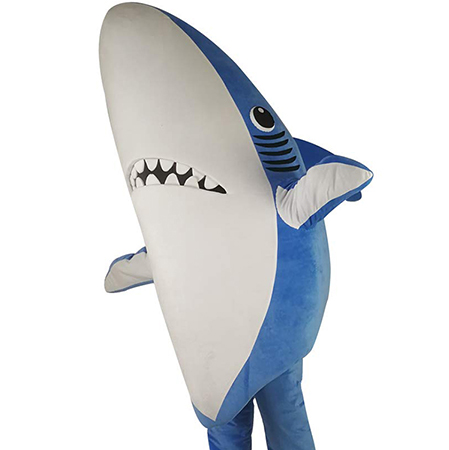
At the heart of every memorable mascot lies meticulous attention to detail, something that traditional craftspeople have mastered over generations. From hand-stitched seams to carefully selected materials, each element is thoughtfully chosen to ensure durability, comfort, and character accuracy. Artisans skilled in millinery might use their expertise to create intricate hats or headpieces that form the crowning glory of a mascot’s appearance. Meanwhile, puppeteers and sculptors contribute their knowledge of shape and movement, ensuring that mascots can interact with fans in engaging ways. These collaborations across disciplines highlight how traditional skills continue to play a crucial role in designing costumes that captivate audiences.
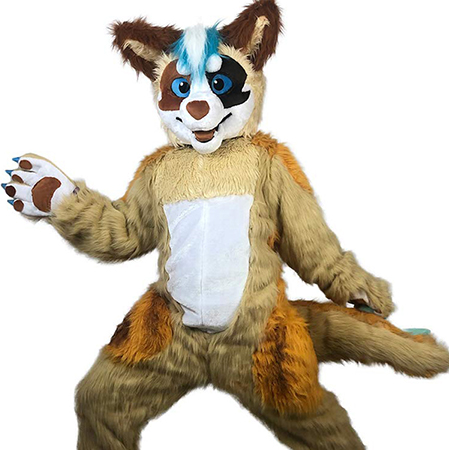
One remarkable aspect of incorporating traditional methods into mascot costume making is the emphasis on customization. Unlike factory-produced items, where one size fits all, handmade mascots can be tailored to fit specific performance needs or brand guidelines. This level of personalization allows for a higher degree of expressiveness and flexibility in performance, which is essential for mascots who need to convey emotions and interact dynamically with their surroundings. A handcrafted mascot, therefore, becomes not just a costume but a living, breathing extension of the brand it represents.
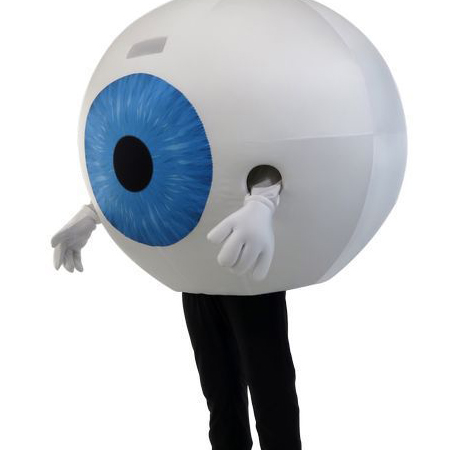
Moreover, sustainability is becoming increasingly important in today’s world, and traditional craft methods align well with eco-friendly practices. By using natural materials and employing techniques that minimize waste, artisans contribute to a more sustainable approach to costume production. For instance, upcycling fabric remnants or utilizing eco-conscious dyeing processes reduces the carbon footprint associated with creating these larger-than-life figures. In doing so, mascot costume makers demonstrate how tradition can lead the way towards a greener future.
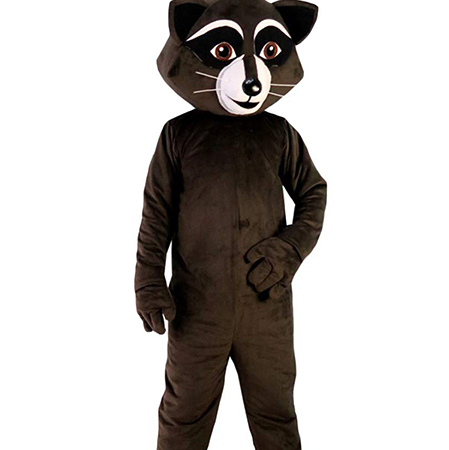
Despite the clear benefits, preserving these time-honored techniques amidst rapid industrialization poses challenges. The scarcity of trained artisans capable of executing such detailed work threatens the survival of these crafts. To address this, some companies are investing in apprenticeship programs and workshops aimed at revitalizing interest among younger generations. Through education and hands-on training, they strive to pass down invaluable skills while innovating within the framework of tradition.
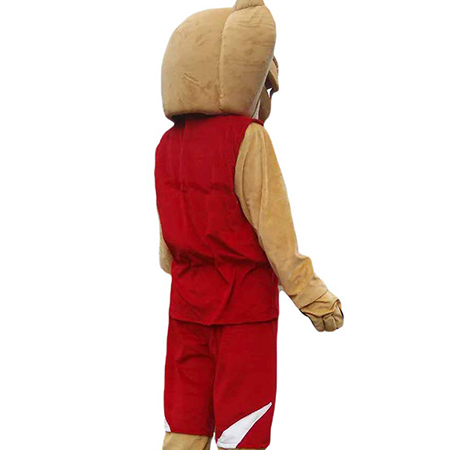
In conclusion, the fusion of traditional craftsmanship with the demands of contemporary mascot costume making results in creations that transcend mere apparel. They become symbols of cultural heritage, creativity, and sustainability. As we move forward, embracing and nurturing these age-old methods will not only enrich our understanding of craftsmanship but also ensure that mascots continue to enchant and inspire for generations to come. Thus, the marriage of old-world artistry with modern design principles stands as a shining example of how traditions can adapt and thrive in the face of change.
